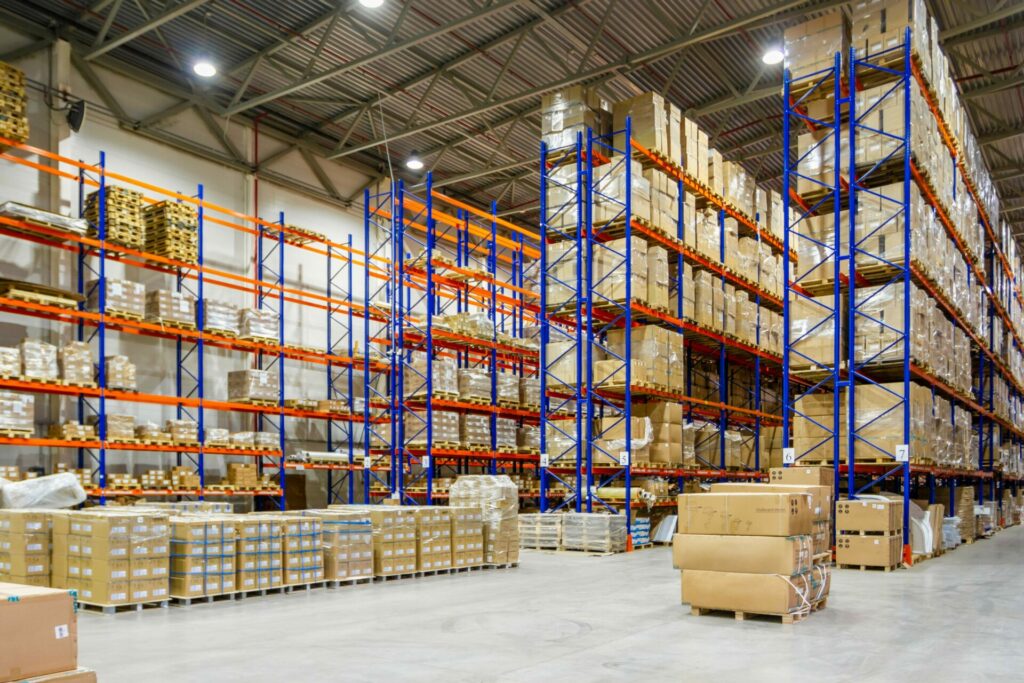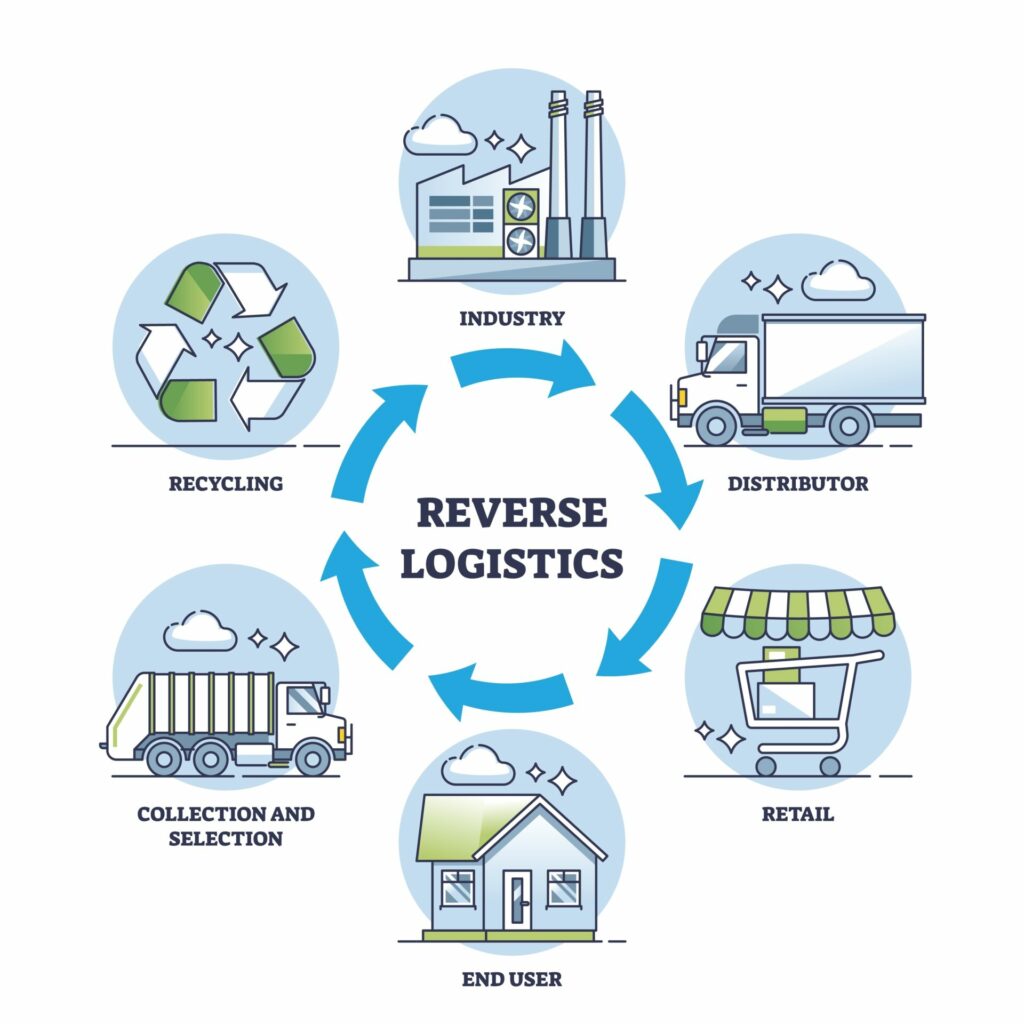Building a strong omnichannel fulfillment strategy is much easier said than done. But what exactly IS omnichannel fulfillment?
We’re used to hearing about how today’s consumers want freedom and flexibility in how they shop, but a lot less about what’s needed to make this happen.
But for every in-store return or order for curbside pick-up, there’s a huge number of moving parts that need to come together seamlessly for a great customer experience.
We’re going to give you a brief run-down of the top three challenges you’re going to face when implementing an omnichannel fulfillment strategy – and how you can tackle them head-on to meet customer expectations.
Omnichannel fulfillment defined
It’s fast become retail’s favorite buzzword. But surprisingly little time goes into defining what omnichannel actually is.
Even in 2021, we’re still seeing omnichannel being conflated with multi-channel retailing strategies, despite the fact they look very different to customers.
So, what is it that makes omnichannel retail distinct from multi-channel?
The most high-level difference is that omnichannel puts your customer at the center of the shopping experience, while multi-channel prioritizes your SKUs and inventory management. Multi-channel silos customers off from engaging with other selling channels, while omnichannel enables customers to move freely between them.
For example, a typical omnichannel shopping journey might involve your customer seeing one of your products advertised on social media. They then click through seamlessly to your online store, where they save an item to their preferences list. They can visit a physical retail location, where a store associate greets them and pulls up their preference list before showing them the product. The customer makes a purchase in-store, then asks for it to delivered to them at home.
From a multi-channel perspective, this would be considered a brick-and-mortar purchase due to where the sale took place. But in reality, this shopping journey took the customer on an integrated shopping experience across channels, with each stage bringing new insights that culminated in a purchase.
In sum, the goal of omnichannel fulfillment is to help facilitate multi-directional shopping journeys. This could be home delivery, purchasing in-store, curbside pick-up, or shipping popular SKUs between stores or warehouses.
The three biggest challenges of omnichannel fulfillment
1. Choosing the right omnichannel fulfillment strategy for your needs
Every retailer has a different value proposition and a different target audience. So, it reasons that there’s no such thing as a one-size-fits-all omnichannel fulfillment strategy.
Yet many retailers fall into the trap of offering every possible shopping option under the sun to appease customers – even when they’re not equipped to do it effectively.
For example, ship-from-store or store-based fulfillment strategies make a lot of sense at face value. After all, why not take advantage of another source of labor and inventory to deliver orders faster on top of selling to in-store customers?
Big-box retailers and department stores who added fulfillment activities to their stores during the pandemic have found out the hard way that this is an extremely tough balance to maintain. Walmart and Macy’s faced criticism earlier this year for letting their ecommerce fulfillment operations take precedence over the in-store customer experience:

This is a prime example of what happens when retailers introduce new ‘innovations’ without the right infrastructure and technology to support them. Macy’s has likely ended up pushing in-store customers into shopping online for a better experience. Or worse, scaring them off entirely.
In sum, you need to be certain that you can offer popular omnichannel shopping methods before putting them into play. Because while not offering certain options may risk alienating some consumers, offering them poorly certainly will.
2. Real-time inventory visibility
Integrated inventory is the biggest – and most – difficult – shift that retailers need to undergo when embracing omnichannel. Put simply, if you don’t know where your SKUs are at any given time, it’s impossible to facilitate rapid fulfillment.
For example, if you’re fulfilling online orders using multiple warehouses, you want to know at a glance which has the needed items so you can allocate orders to the facility closest to the customer’s location. Likewise, curbside pick-up demands that retailers have up-to-date numbers on product availability to avoid embarrassing situations, such as a product going out of stock before the order can be fulfilled.
But with only 30% of consumers describing their BOPIS experience as ‘smooth’, it’s safe to say that this is happening a lot more than it should.
Retailers can achieve full inventory visibility by integrating their ecommerce platform and POS with a full-fledged OMS and WMS system, such as those offered by technologically advanced 3PLs.
3. Meeting your customer’s expectations
While it’s important to understand the ethos of omnichannel, you also need to remember that these semantics mean very little to your customers.
What retailers sometimes forget is that consumers don’t perceive retail the same way that industry commentators or logistics providers do. Where the latter sees an intricate web of selling channels and fulfillment methods, your customer sees just one thing: A brand.
Consumers don’t see themselves as ‘choosing’ one channel over another. So, policies that try to regulate shopping behavior, such as preventing customers from returning online orders in-store, can come across as confusing and punitive.
Put simply, siloed selling channels are designed to make retailer’s lives easier, not shoppers – and your customers know this. In 2021, they’re less willing than ever to put up with retailing that doesn’t put their needs first.
Let’s take a look at some stats:
● 50% of consumers choose retailers based on the availability of Buy Online, Pick Up In-Store (BOPIS).
● 82% of consumers want to be able to check a product’s availability online.
● 71% of brick and mortar shoppers with smartphones consider mobile to be important to the in-store shopping experience.
● 64% of customers expect real-time assistance to be available regardless of which shopping channel they’re in.
To meet customer expectations, retailers need to invest not only in multiple fulfillment options but also make it easier for consumers to navigate these journeys. A mobile-friendly ecommerce store that allows customers to check inventory levels in real-time is now an expectation, not the exception. Moreover, tools such as chatbots and self-service portals empower customers to take charge of their shopping journey, which enhances brand loyalty.

And there we have it! Even more so than advanced IT or optimized warehousing, what successful omnichannel fulfillment requires is a major shift in thinking. You need to anticipate what your customers want and continuously search for ways to make the shopping journey as seamless as possible. It’s not about what’s going on inside ‘your’ channel, but how it affects the bigger picture of customer loyalty and brand perception.




